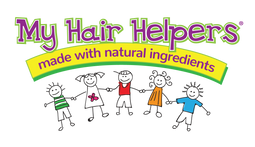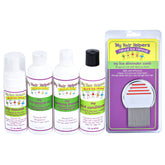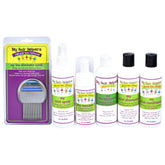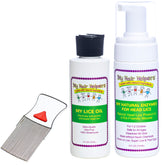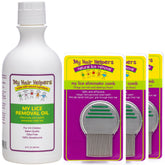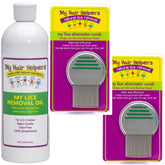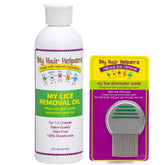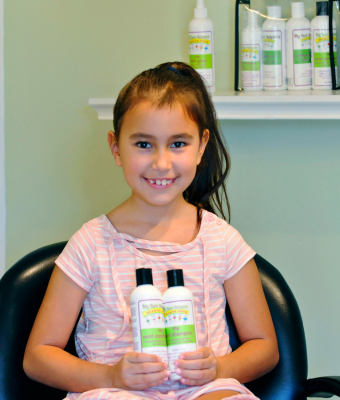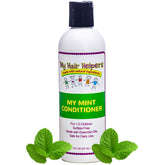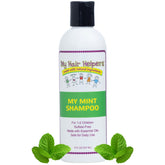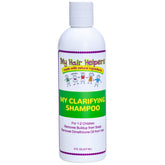ARE LICE CONTAGIOUS? UNDERSTANDING HOW LICE SPREAD

Head lice are a common concern, especially in settings where people are in close contact, such as schools, daycares, and sports teams. One of the primary questions many people have is whether lice are contagious. Let’s explore the nature of lice, how they spread, and effective measures to prevent their transmission.
Head lice are tiny, wingless insects that live on the human scalp and feed on human blood. They are most commonly found among children but can affect adults as well. Lice infestations cause itching and discomfort but are not known to spread disease. They are sometimes confused with body lice, which can carry harmful diseases like trench fever and epidemic typhus. However, head lice are not dangerous. They are more of a nuisance.
How Do Lice Spread?Lice are highly contagious but not in the way that viruses or bacteria are. They cannot jump or fly; instead, they spread primarily through direct head-to-head contact. This is why lice are more common among children—they often play in close proximity and may not be as aware of personal space.
- Direct Contact: The most common way lice spread is by direct contact with the hair of an infected person. This can happen during play, sports, sleepovers, or other activities where heads are close together.
- Sharing Personal Items: Although less common, lice can also spread through sharing personal items that touch the head, such as hats, scarves, hair brushes, and even headphones or helmets. However, it's important to note that lice cannot live long without a human host, so the risk of transmission through objects is lower.
Casual contact, such as hugging or sitting next to someone, typically does not lead to the spread of lice unless there is direct contact between heads. Lice do not survive long on non-living objects, but it’s still wise to avoid sharing items that come into contact with the head.
Preventing the Spread of LiceUnderstanding how lice spread is crucial for prevention. Here are some tips to help prevent the spread of lice:
- Avoid Head-to-Head Contact: Teach children to avoid head-to-head contact during play and other activities.
- Do Not Share Personal Items: Encourage children not to share personal items that come in contact with the head, such as hats, scarves, coats, sports uniforms, hair ribbons, or barrettes.
- Regular Inspections: Regularly check your child's hair for lice, especially if there is a known outbreak in their school or among their friends.
- Educate on Lice Management: Educate children about lice and the importance of reporting itching or other symptoms to an adult.
If lice are found, it’s important to address them promptly to prevent further spread. We recommend natural lice products, as they rely on safe formulations to trap lice and dissolve nit glue in order to easily remove them from your child's hair. To ward off a repeat infestation you can also use products with peppermint essential oils because lice hate the smell of mint! Additionally, wash bedding and clothing in hot water and dry on high heat to kill any lice that may have fallen off.
ConclusionWhile lice are contagious, understanding their mode of transmission can significantly reduce the spread. Direct head-to-head contact is the primary way lice spread, so taking preventive measures can help manage and prevent infestations. With prompt attention and preventive practices, managing head lice can be straightforward and effective. To learn more about safeguarding your family from head lice, shop My Hair Helpers today.
